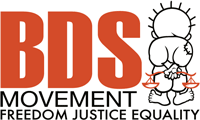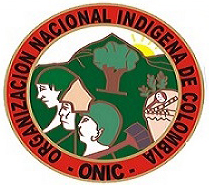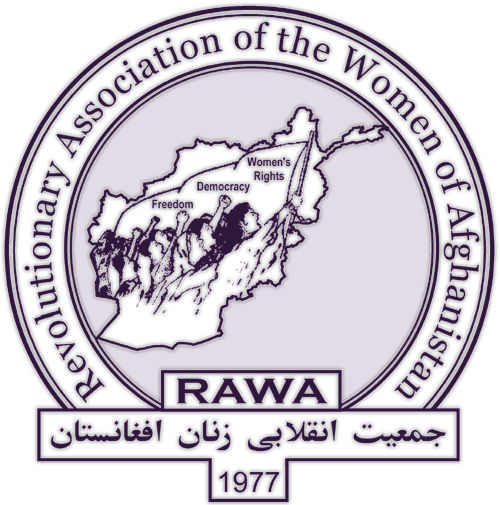informal mining
Sahel: deadly violence in mining sector
At least two were killed May 24 as security forces clashed with protesting gold miners at Burkina Faso's western Houndé commune, Tuy province. The protesters were demanding the release of 12 of their comrades who had been arrested a week earlier, when informal miners angered by government moves to expel their camps overran and ransacked the facilities of Houndé Gold Operation, a subsidiary of the UK-based multinational Endeavour Mining. (AfricaNews, AFP) Rescue workers meanwhile recovered the bodies of four miners who had gone missing after floodwaters submerged a zinc mine operated by Canada's Trevali Mining at Perkoa, in nearby Sanguié province. (CNN, BBC News Gahuza)
Artisanal gold miners massacred in DRC
At least 35 people were killed May 10 when armed men raided an artisanal gold mining camp in Ituri province, in the conflicted northeast of the Democratic Republic of the Congo. Local authorities at the rural commune of Mungwalu in Ituri's Djugu territory blamed the attack on the CODECO rebel militia. A four-month-old baby was among the dead. The militiamen also looted and torched homes at Camp Blanquette, and seized quantities of extracted gold. (AfricaNews) Informal mines in the eastern DRC provide much of the country's output of gold, cobalt and other minerals used in the global electronics industry.
Brazil: bill to open indigenous reserves to mining
Under the slogan "Ato Pela Terra" (Stand for the Earth), thousands of protesters, including some 150 indigenous leaders from eight ethnic groups, gathered for the biggest environmentalist demonstration ever held in Brazil's capital on March 9, protesting a series of bills dubbed the "death package" by critics. The package being pushed by President Jair Bolsonaro would open indigenous reserves to a wide range of economic activities, including mineral exploitation. This measure, assailed as unconstitutional, is actually opposed by the Brazilian Mining Institute (IBRAM), which issued a statement calling it "inappropriate" and warning that it would give legal cover to informal "garimpo" mining in the Amazon rainforest. But Bolsonaro maintains the measure is mandated by the Ukraine war, which has threatened supplies of strategic minerals, including the key fertilizer ingredient potassium. Brazil, the world's top soy producer, imports 80% of its fertilizer—20% from Russia, its biggest supplier. (Mongabay, TRT World)
Mining disaster wipes out community in Ghana
A rural community in Ghana's Western Region was virtually flattened Jan. 20 when a truck carrying explosives to a gold mine collided with a motorcycle, setting off a massive blast. Some 40 have been hospitalized, and the official death toll of 17 is expected to rise. The truck, owned by a local mining services company called Maxam, was en route to the Chirano gold mine, operated by Toronto-based Kinross Gold. The explosion left a huge crater and reduced dozens of buildings to dust-covered piles of wood and metal in the community of Apiate, near the city of Bogoso, some 300 kilometers west of the capital Accra. Isaac Dasmani, chief executive of Prestea Huni-Valley municipality, told local media "the whole community is gone" after the blast. (Mining.com, RFI, TRT World, Reuters)
French troops hunt outlaw miners in Guiana
France has dispatched hundreds of army troops to the overseas territory of French Guiana, to hunt down outlaw gold miners who have destroyed thousands of hectares of rainforest along the Maroni River over the past months. But apprehending the garimpeiros is nearly impossible; they abandon their camps and dredges and melt into the jungle as the troops approach. Some 9,000 illegal miners are believed to be operating at around 150 sites across the territory—up from little more than 100 a decade ago. The garimpeiros, however, are the smallest links in a chain, paid a pittance—while the dealers they sell the gold to race up and down the river in speedboats. "We're only catching the little guys," admitted French Guiana's public prosecutor Samuel Finielz. (AFP)
Podcast: indigenous survival and the crisis in Peru
In Episode 73 of the CounterVortex podcast, Bill Weinberg interviews Thomas Moore, anthropologist, advocate for indigenous cultural survival, and author of the newly released book, Madre de Dios: Refugio de Pueblos Originarios. The remote rainforest region of Madre de Dios in Peru's southern Amazon is a last refuge for isolated indigenous peoples, but is now massively threatened by mining, timber and other resource interests that operate in a semi-legal gray zone in a nexus with criminal networks. Peru has made some progress in complying with international norms on protection of isolated peoples, but these advances stand to be dramatically reversed if far-right candidate Keiko Fujimori comes to power in the pending run-off election. Listen on SoundCloud or via Patreon.
Nicaragua: armed colonists invade indigenous lands
In a video conference with representatives of the Inter-American Commission on Human Rights (IACHR) March 18, indigenous leaders from Nicaragua's eastern rainforest protested an illegal "invasion" of their titled territories by armed campesino colonists, who seize lands, clear trees and terrorize their communities. The four-way computer link brought together IACHR representatives in Costa Rica and Washington DC, Nicaraguan government officials in Managua, and Miskito and Mayangna indigenous leaders in the rainforest town of Bilwi, North Caribbean Coast Autonomous Region. The Miskito and Mayangna leaders said 13 indigenous residents were killed by settlers last year, with eight wounded and hundreds forcibly displaced. One of the worst attacks was in January 2020, when colonists burned 16 houses in the community of Alal, and killed six inhabitants. As recently as this March 4, an attack on the Mayangna community of Kimak Was left one resident wounded and another missing.
Mine ponds amplify mercury risks in Peru's Amazon
The proliferation of pits and ponds created in recent years by miners dredging for small deposits of alluvial gold in Peru's Amazon has dramatically altered the landscape and increased the risk of mercury exposure for indigenous communities and wildlife, a new study shows. The study, published in Science Advances Nov. 27, found a 670% increase in the extent of ponds across the landscape in heavily mined watersheds since 1985. These formerly forested landscapes are now increasingly dotted by these small lakes, which provide low-oxygen conditions in which submerged mercury—a toxic leftover from the mining process—can be converted by microbial activity into an even more toxic form of the element, called methylmercury, at net rates 5-to-7 times greater than in rivers. The miners use mercury, a potent neurotoxin, to separate ore from soil and sediments, often without adequate safety precautions to protect themselves or the environment. Some of the mercury used by the miners is burned off into the air or spilled into nearby rivers, creating far-reaching environmental and human health risks. Artisanal and small-scale gold mining (ASGM) is now believed to be the largest global source of anthropogenic mercury emissions.















Recent Updates
13 hours 56 min ago
1 day 12 hours ago
1 day 18 hours ago
1 day 21 hours ago
3 days 15 hours ago
3 days 17 hours ago
4 days 21 hours ago
4 days 21 hours ago
4 days 22 hours ago
6 days 13 hours ago